Creating your kitchen is an exciting journey, and one of the most critical decisions you’ll make is selecting the right materials. From cabinets to countertops, your choices will impact not only the aesthetics but also the functionality and longevity of your kitchen.
Exploring Common Kitchen Materials
When it comes to kitchen materials, you have a wide array of options. Each material comes with its unique characteristics, costs, and maintenance considerations. Here, we’ll delve into the most common materials you’ll encounter during your kitchen renovation journey.
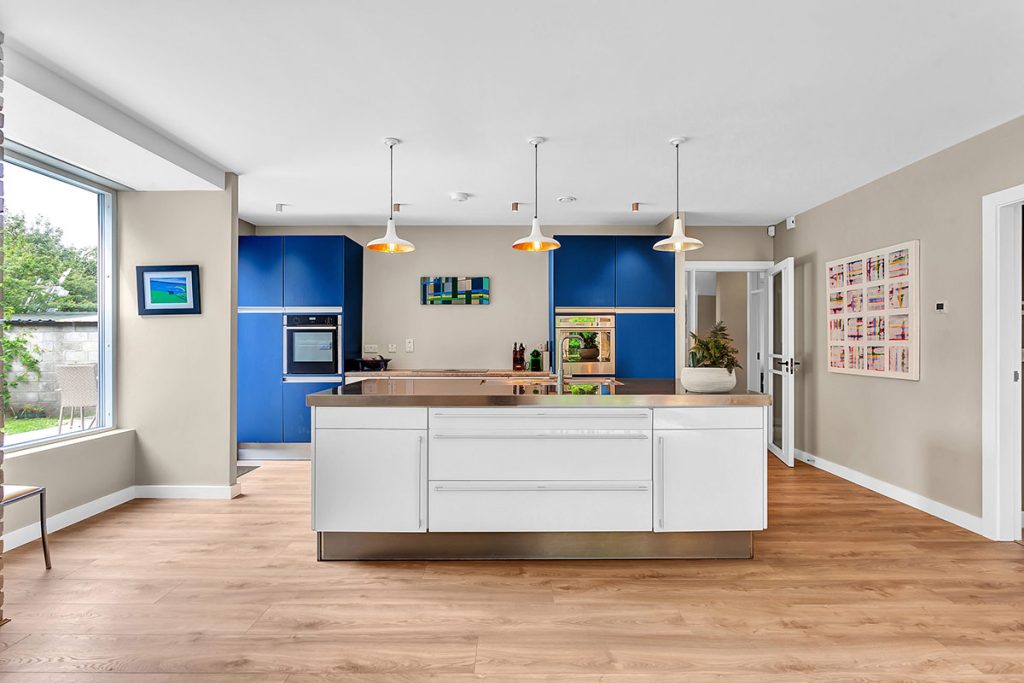
Understanding Kitchen Materials
To make informed decisions, it’s essential to understand the basic characteristics of common kitchen materials. Here’s a quick overview:
- Wood: Offers warmth and a timeless look. Can be solid or veneered. Varies in species like oak, maple, and cherry.
- MDF (Medium Density Fiberboard): A dense, durable board often used for cabinet frames.
- Laminate: Provides a cost-effective, versatile, and low-maintenance option with various colors and patterns.
- Granite: A hard, heat-resistant, and durable natural stone available in a range of colors.
- Stone: Includes options like marble and quartz, offering luxury and elegance.
- Concrete: Gaining popularity for its unique, industrial look.
- Glass: Adds a sleek, modern touch and comes in various colors.
In the following sections, we’ll dive deeper into each material, discussing its pros, cons, and cost implications.
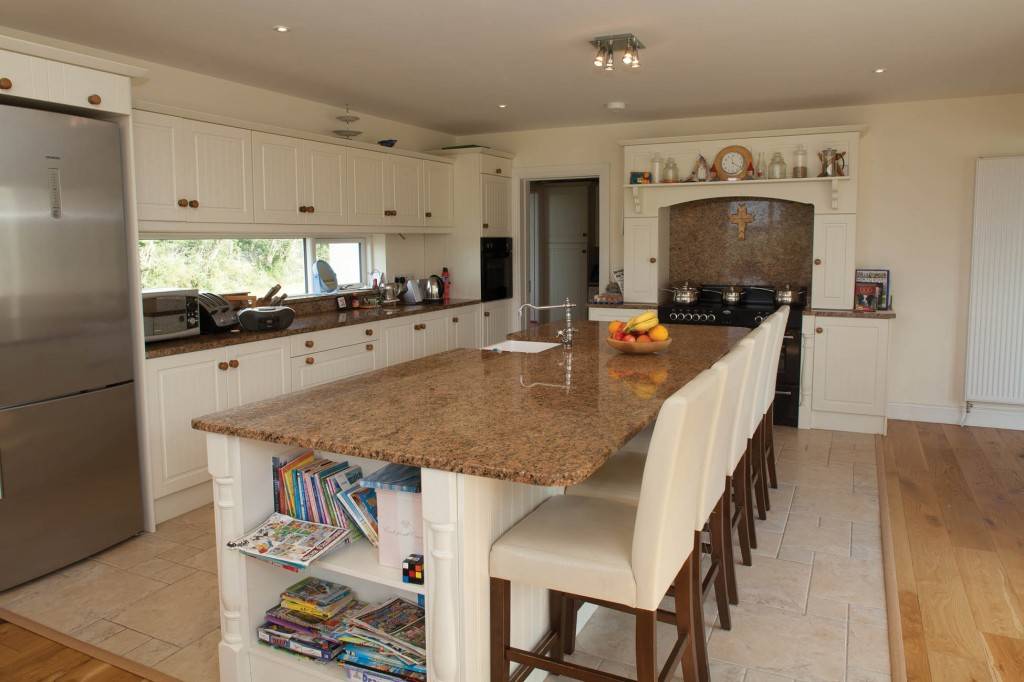
Materials for Kitchen Doors
One of the first decisions you’ll face in your kitchen renovation is choosing the right cabinet doors. The material you select for your cabinet doors can significantly impact the overall look and feel of your kitchen. Here’s a closer look at your options:
Solid Timber
- Pros: Offers a natural, timeless look with a range of wood species to choose from.
- Cons: Requires regular maintenance and may be more expensive than other materials.
MDF (Medium Density Fiberboard)
- Pros: A cost-effective option with a smooth finish.
- Cons: Not moisture-resistant, so it needs careful handling.
Wood Veneer
- Pros: Mimics the look of solid wood at a more affordable price.
- Cons: May require periodic maintenance.
Laminate
- Pros: Versatile, available in various colors and patterns, and cost-effective.
- Cons: Not as durable as other materials and can’t withstand sharp objects or high heat.
High Gloss Lacquer
- Pros: Offers a luxurious, high-shine finish.
- Cons: More expensive than laminate and may require professional cleaning.
Wood Stains and Finishes
- Pros: Showcases the natural beauty of wood with various finishes and stains.
- Cons: Some types of wood may require extra care.
Choosing the right material for your kitchen cabinet doors depends on your budget, style preferences, and maintenance willingness. It’s essential to consult with your supplier and understand the long-term upkeep requirements.
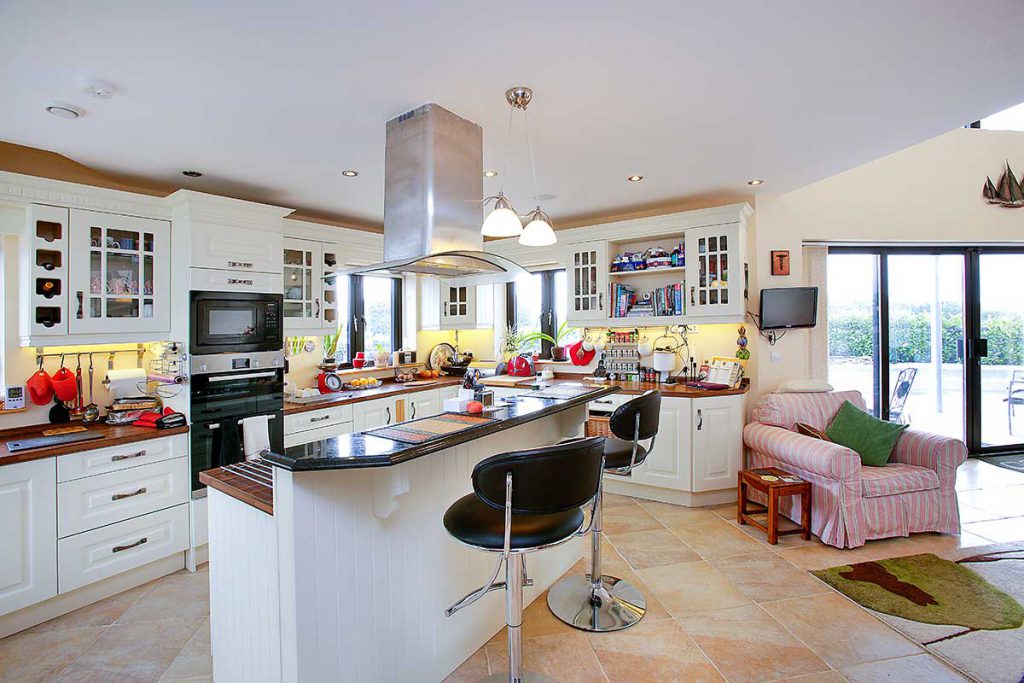
Exploring Kitchen Worktop Materials
Kitchen worktops, also known as countertops, play a pivotal role in both functionality and aesthetics. Your choice of worktop material can impact how you use your kitchen and how it looks. Here are some of the most common worktop materials:
Natural Materials
Granite
- Pros: Extremely hard, heat-resistant, and durable.
- Cons: Can be costly, and patterns may vary.
Marble
- Pros: Offers a luxurious, elegant look.
- Cons: Softer and more porous, making it less durable and more expensive.
Solid Wood
- Pros: Provides a natural, warm appearance.
- Cons: Darkens over time and requires periodic maintenance.
Engineered Materials
Laminate
- Pros: Cost-effective, available in various colors.
- Cons: Prone to scratches and heat damage.
Composite Materials
- Pros: Stain and scratch-resistant, seamless, and hygienic.
- Cons: Similar in price to granite, may not offer as much natural depth.
Engineered Stone (Quartz)
- Pros: Resembles granite but with a more uniform pattern, available in various colors.
- Cons: May not look as natural as granite.
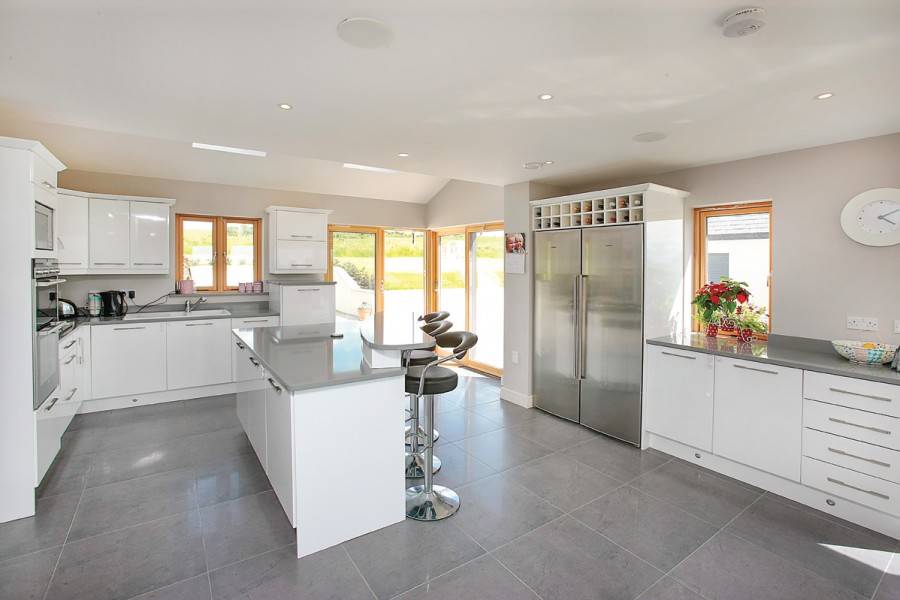
Industrial Materials
Concrete
- Pros: Unique, industrial look, can be customized.
- Cons: May require extended installation time and maintenance.
Stainless Steel
- Pros: Ideal for an industrial, hygienic feel, resistant to water, heat, and stains.
- Cons: Prone to scratches, fingerprints, and can create a chilly atmosphere.
Glass
- Pros: Available in a wide range of colors, sleek and hygienic.
- Cons: Susceptible to scratches and requires careful handling.
Your choice of worktop material should align with your kitchen design, daily usage, and budget. Keep in mind that some materials may require more maintenance than others, so consider your willingness to care for them over time.
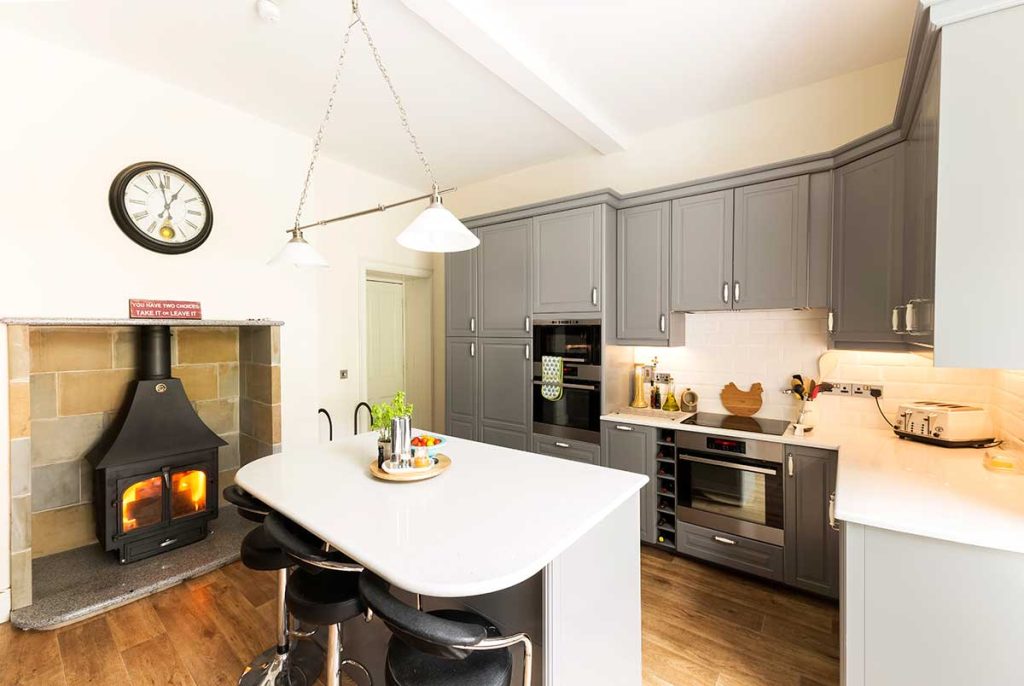
How to Add Colour to Your Kitchen
Adding color to your kitchen is a creative and fun part of the design process. Your choice of colors can reflect your personal style and set the mood for your kitchen. Here are some tips for infusing color into your kitchen:
- Painted Kitchens: Painted cabinets are currently on-trend, allowing you to change colors easily in the future.
- Neutral Base: Keep the kitchen units neutral and add color through wall paint, accessories, and décor items.
- Microtrends: While it’s tempting to follow the latest trends, consider timeless designs to ensure longevity.
- Have Fun: Planning and designing your kitchen should be an enjoyable experience. Explore color palettes that resonate with you.
Remember that your kitchen is a long-term investment, so choose colors and styles that you’ll love for years to come.
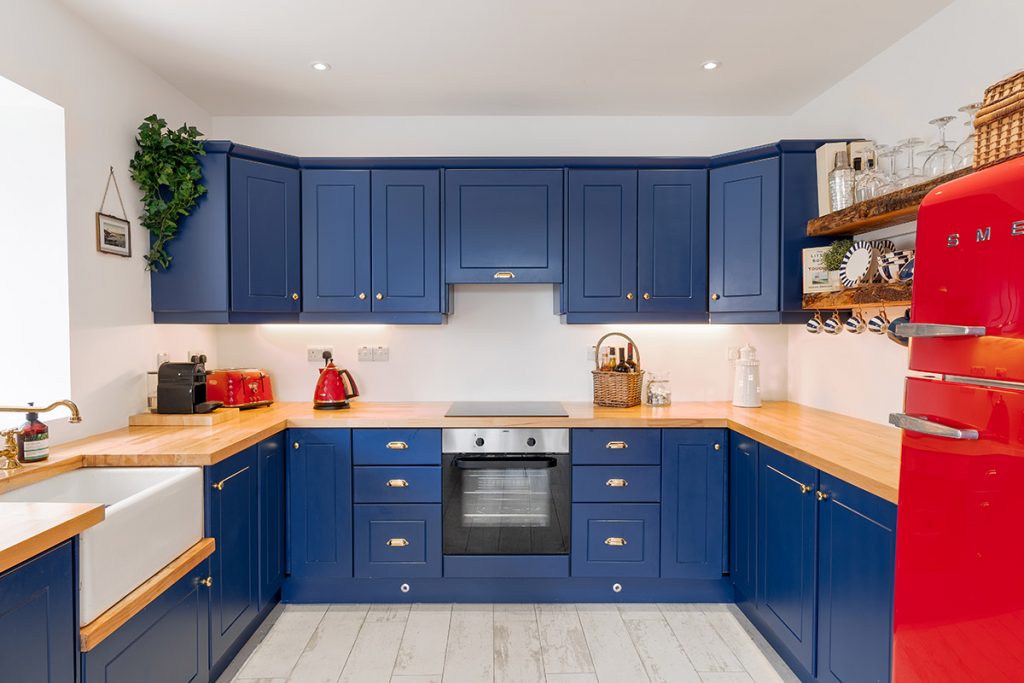
Cost Considerations
The cost of your kitchen renovation can vary significantly based on several factors, including the choice of materials, kitchen size, and complexity of the project. Here’s a general cost overview:
- Kitchen Doors: Costs can range from budget-friendly laminate to premium solid wood or lacquered finishes.
- Worktops: Natural stone like granite or marble tends to be more expensive, while laminate and composite materials offer cost-effective alternatives.
- Labor: Keep in mind that labor costs for installation may vary based on the chosen materials and design complexity.
To get an accurate cost estimate, bring your room measurements or architectural plans to your kitchen designer or supplier. They can provide a tailored quote based on your specific requirements.
Choosing the right kitchen materials is a crucial step in creating your dream kitchen. Whether you prefer the warmth of wood, the elegance of granite, or the modern appeal of glass, your decisions will shape the heart of your home. Consider your style preferences, maintenance willingness, and budget when making choices.
Always consult with your supplier for detailed information on costs, lead times, and material options. With thoughtful planning and careful consideration, you can transform your kitchen into a beautiful, functional space that reflects your unique style and meets your daily needs. Enjoy the journey to your kitchen nirvana!




